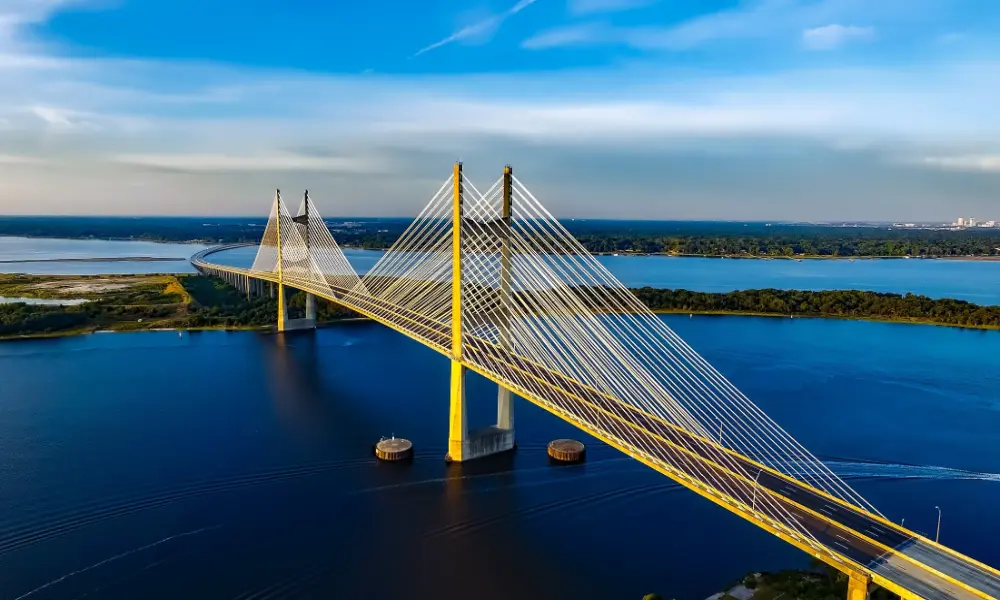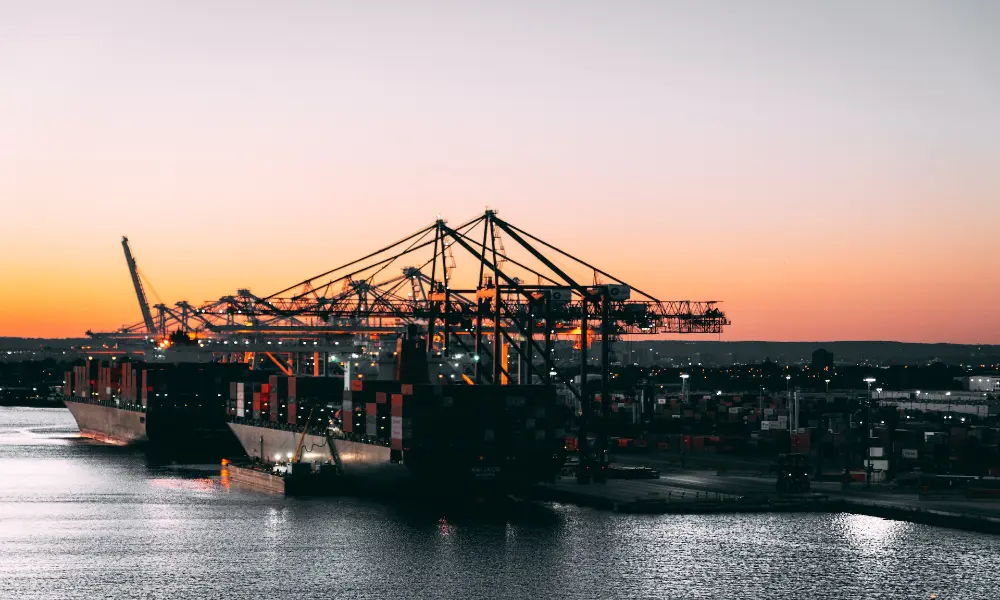Finnish-based Wärtsilä, a trailblazer in marine engine technology, has unveiled an advanced ultra-low-emission version of its coveted Wärtsilä 31DF engine, initially introduced to the world in 2015. When using LNG as a power source, this cutting-edge rendition has the ability to reduce methane emissions by a whopping 56 percent and nitrogen oxide emissions by an impressive 86 percent at a 50 percent load point.
Setting a New Standard for Emission Reduction
The new engine has demonstrated an additional 41 percent reduction in methane emissions in comparison to the standard Wärtsilä 31DF engine, as calculated on a weighted average. This is noteworthy given that Wärtsilä’s engine already boasts the lowest recorded emissions in the marketplace. Furthermore, the deployed version, fitted on one of four engines aboard Wasaline’s Aurora Botnia ferry, has contributed to decreasing the ferry’s methane emissions by 10 percent.
Proven Through Rigorous Testing
The superior performance of Wärtsilä’s ultra-low-emission engine was realized through the Green Ray and SeaTech projects, under the patronage of the EU. A comprehensive and independent study carried out by the Technical Research Centre of Finland (VTT) bore testament to the engine’s exceptional performance, validating the noteworthy results.
Impact on the Shipping Industry
The digital age introduces continual advancements in the marine industry, and Wärtsilä is at the forefront. The Wärtsilä 31DF engine, known for its fuel frugality, high performance, and low GHG effect, was a groundbreaking innovation in 2015. The introduction of this advanced version plans to further minimize methane emissions, setting a new benchmark for the industry.
Dealing With a Potent Greenhouse Gas
While methane emissions from engines constitute a relatively small proportion of total emissions, it is pertinent to note that methane is 28 times more damaging than CO2. As a result, the reduction of methane emissions is one of the most effective methods of curbing overall greenhouse gases (GHG) from engines in the coming decade. Moreover, this could also drive the push towards other strategies for lowering CO2 emissions in marine vessels. The launch of Wärtsilä’s ultra-low-emission engine is an essential step forward, not just for the company, but for the wider shipping industry and the global efforts to reduce GHG emissions.



